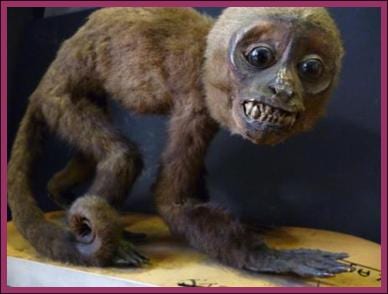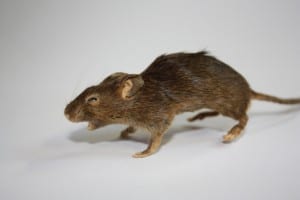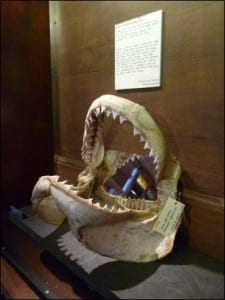 I am surrounded by 68,000 specimens on a regular basis and feel as though I have a personal relationship with the vast majority of them. I care for the specimens, as any Museum Assistant would, like I knew the animal whilst it was alive, loved it, nurtured it when it was sick, laughed with it, cried with it, and now, in it’s death, I am it’s keeper whilst it sleeps for eternity.
I am surrounded by 68,000 specimens on a regular basis and feel as though I have a personal relationship with the vast majority of them. I care for the specimens, as any Museum Assistant would, like I knew the animal whilst it was alive, loved it, nurtured it when it was sick, laughed with it, cried with it, and now, in it’s death, I am it’s keeper whilst it sleeps for eternity.
When you have so many to care for however, it is fascinating to see them through the fresh eyes of someone new to the Museum, or are forming the relationship described above, for the first time. So when I asked a photographer doing a shoot in the Museum recently, out of the specimens he had photographed that day, which was his favourite, his response surprised me. It was not the cute, the cuddly, the impressively large, or notably rare. This week’s Specimen of the Week is… (more…)
 Close
Close







